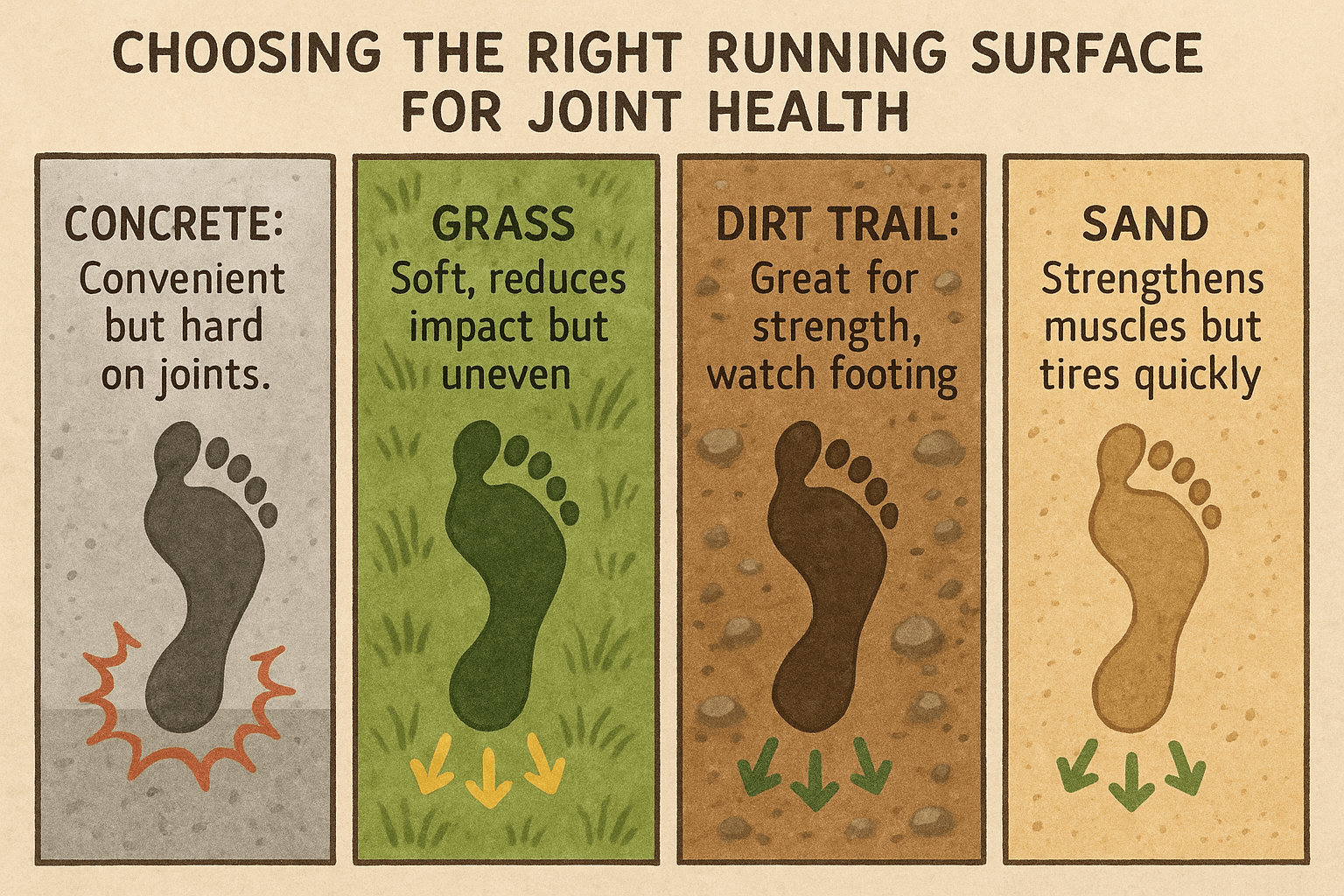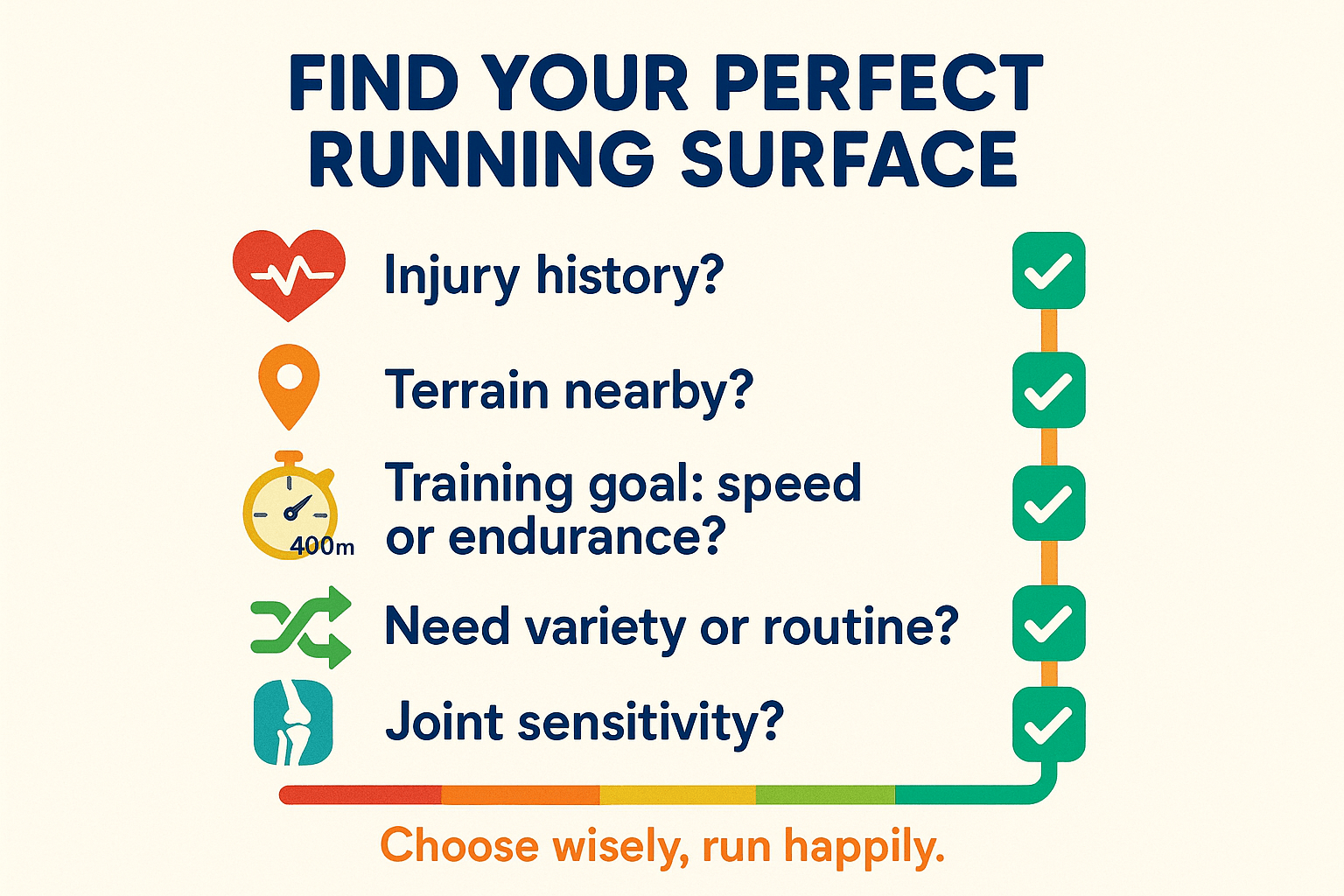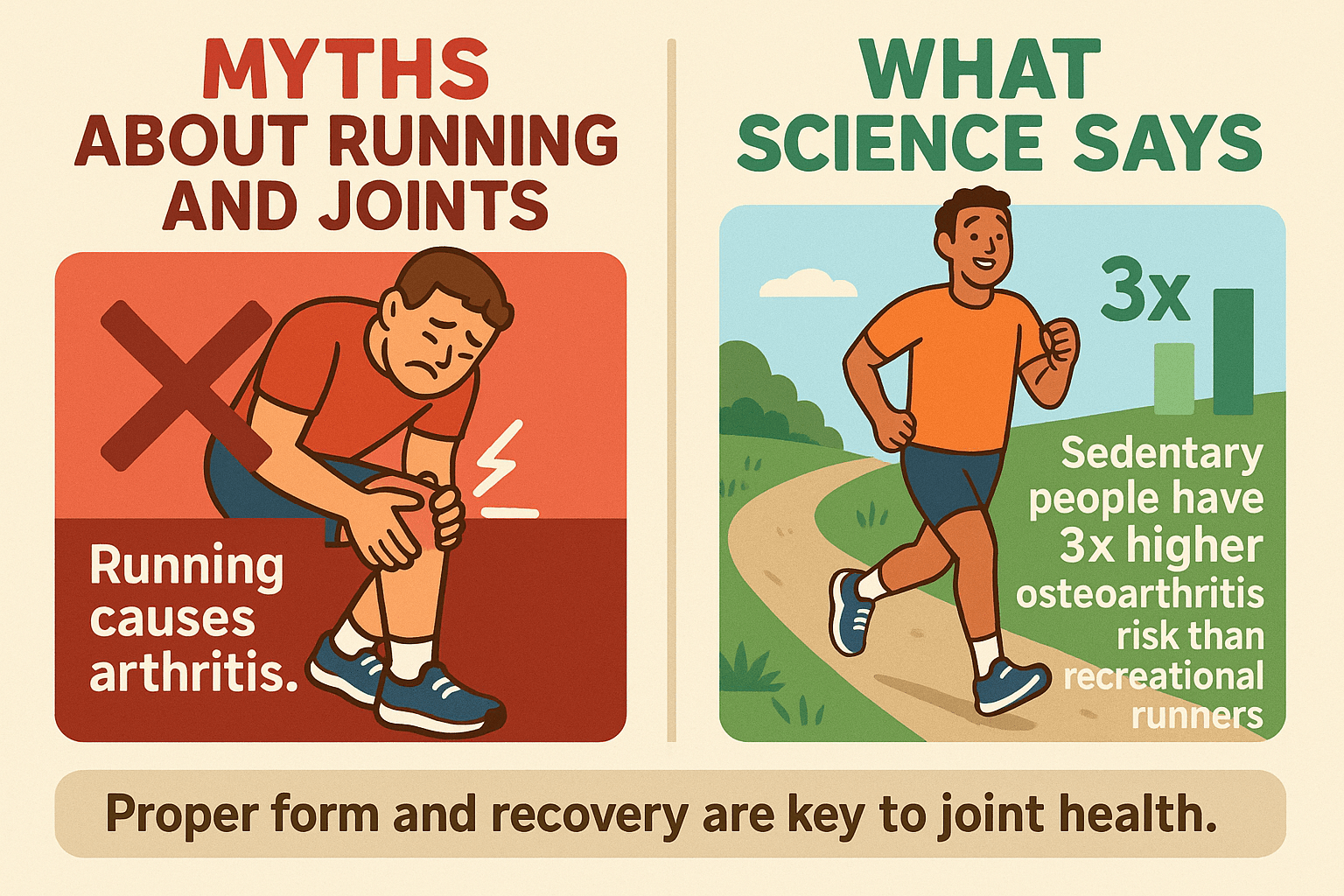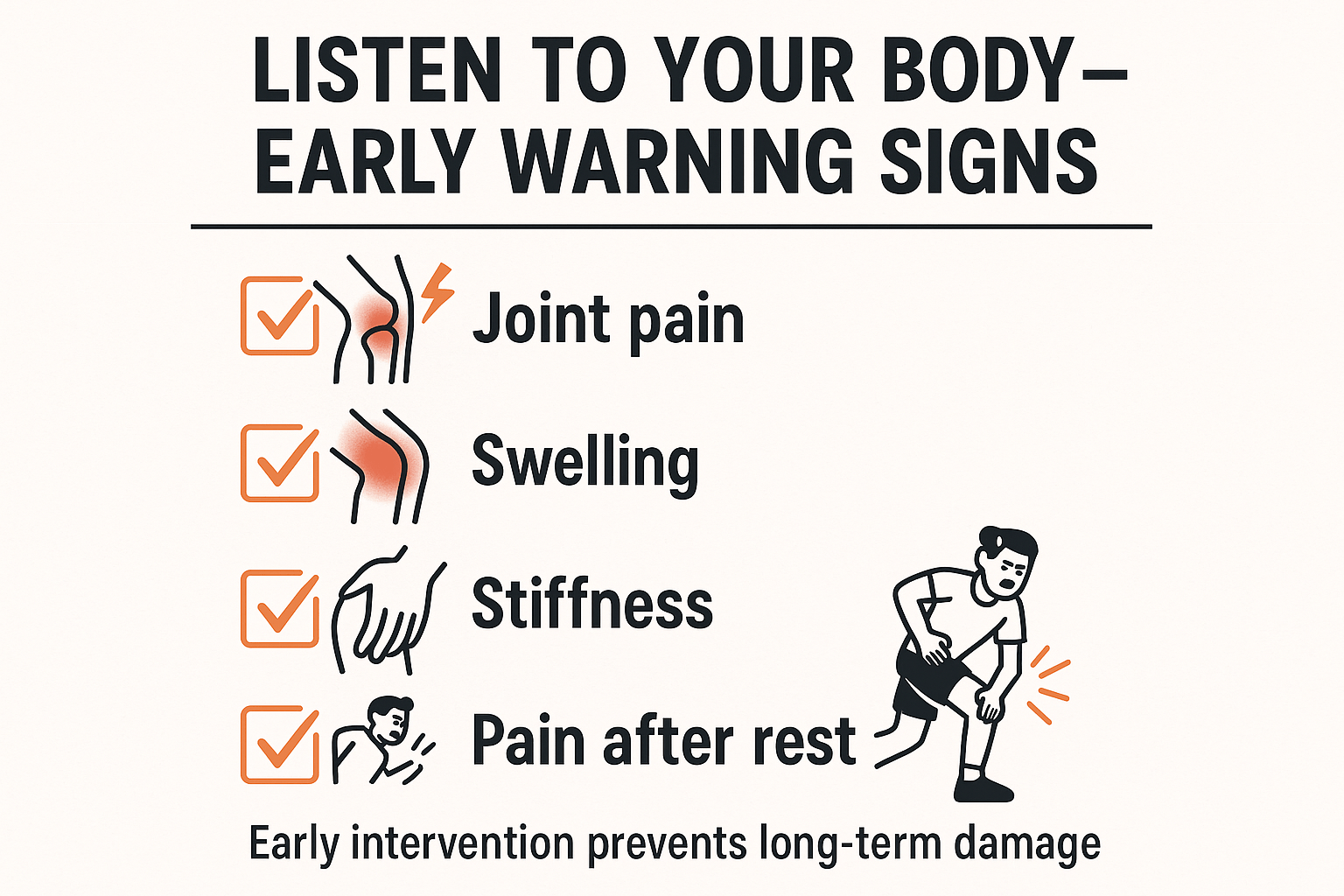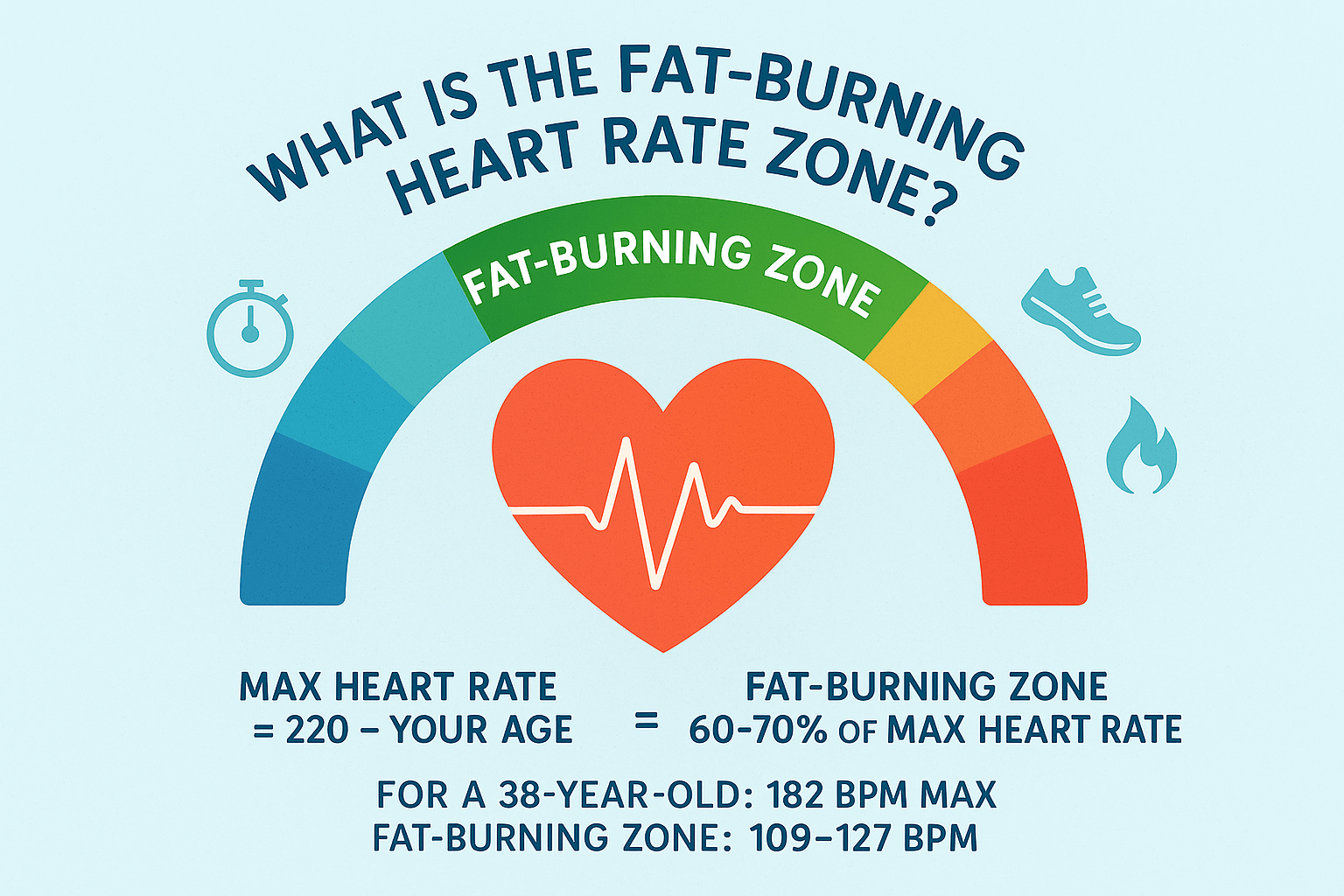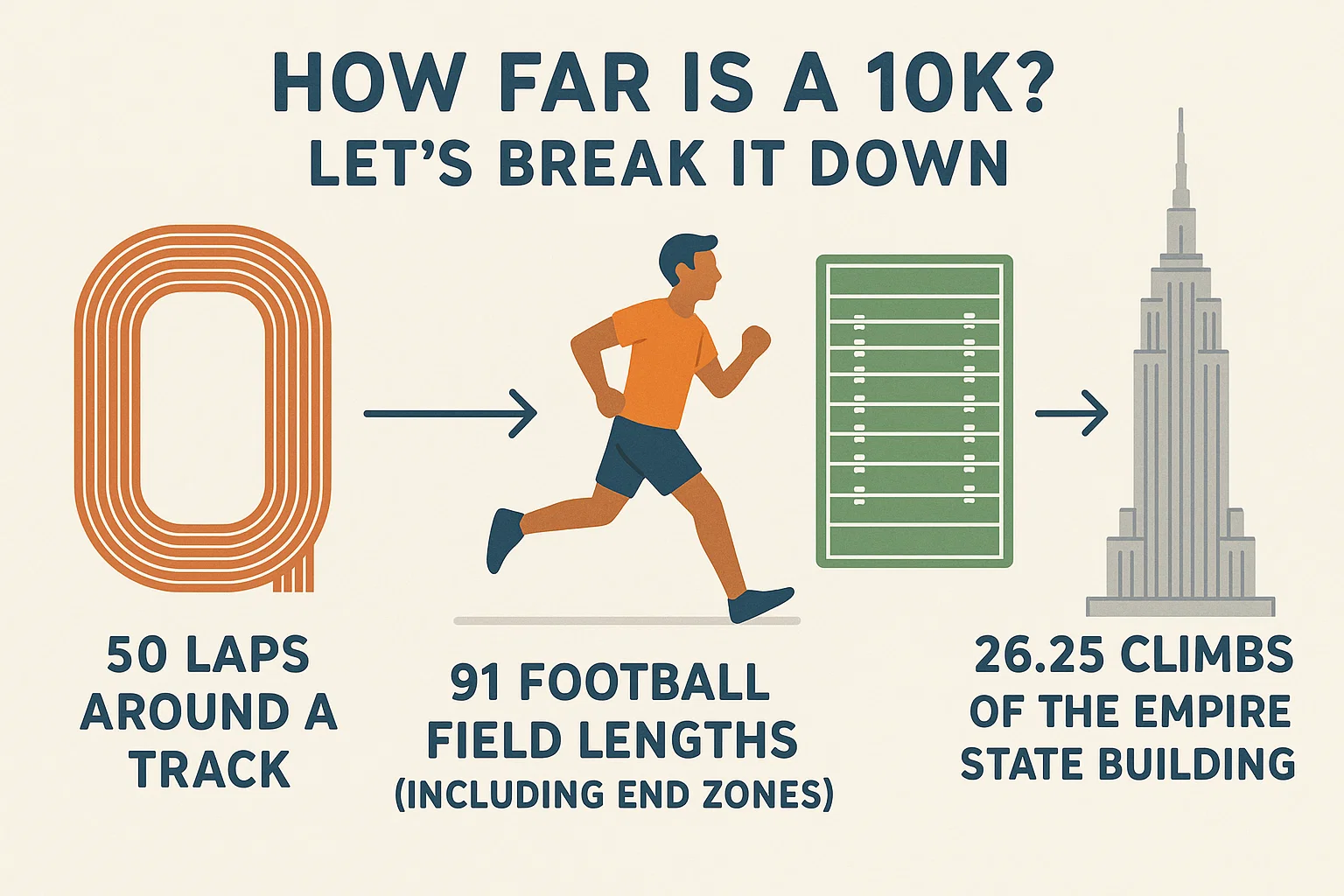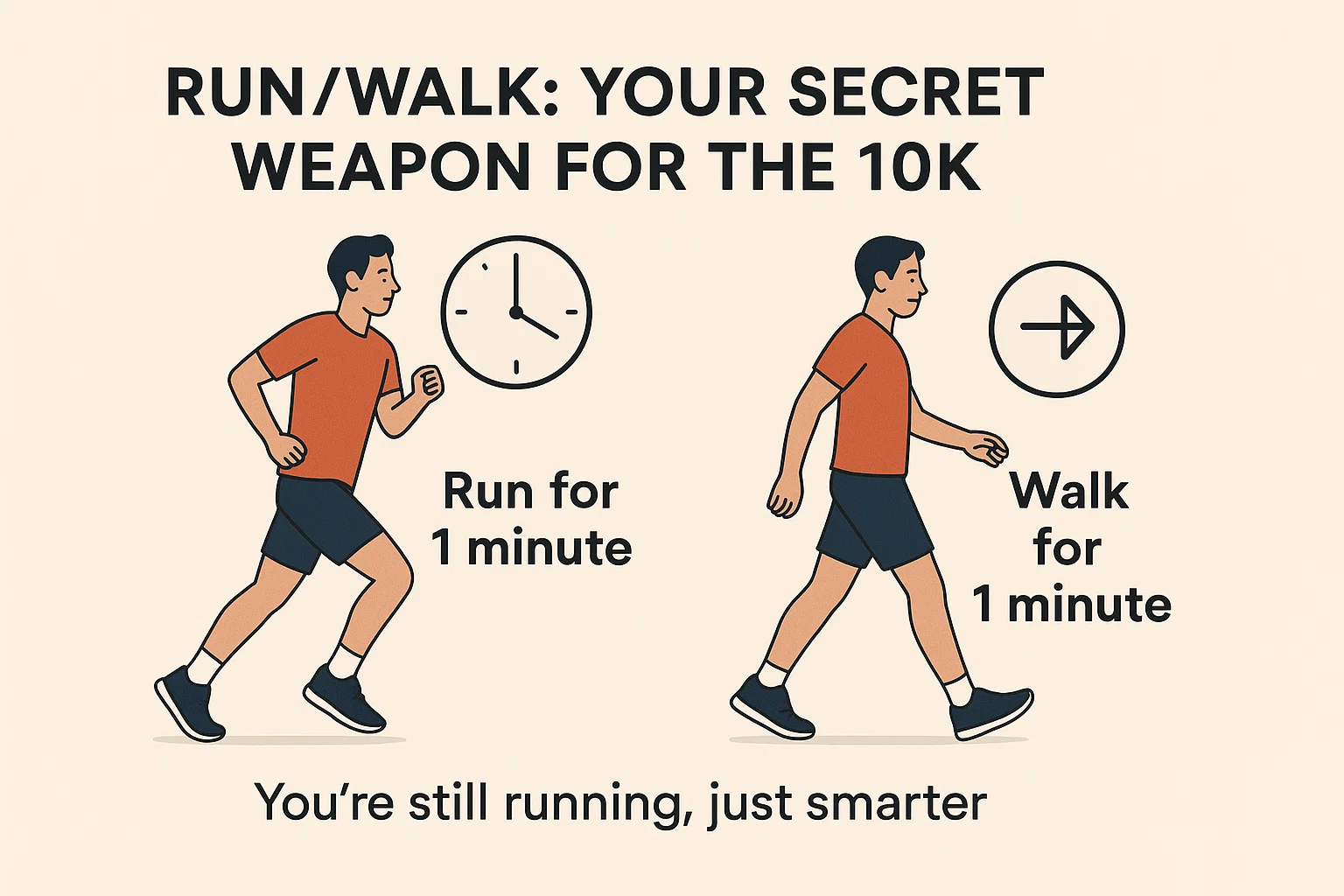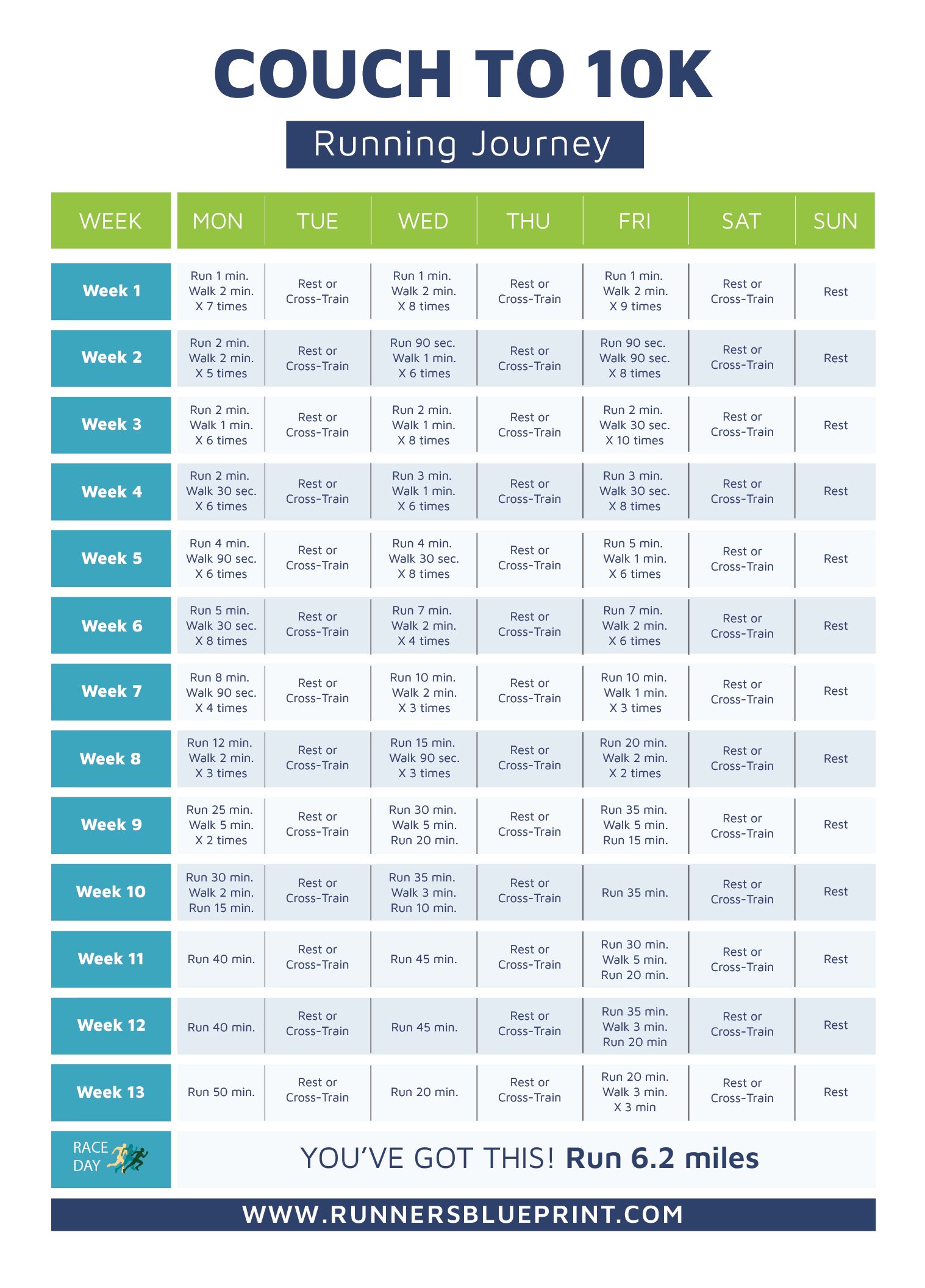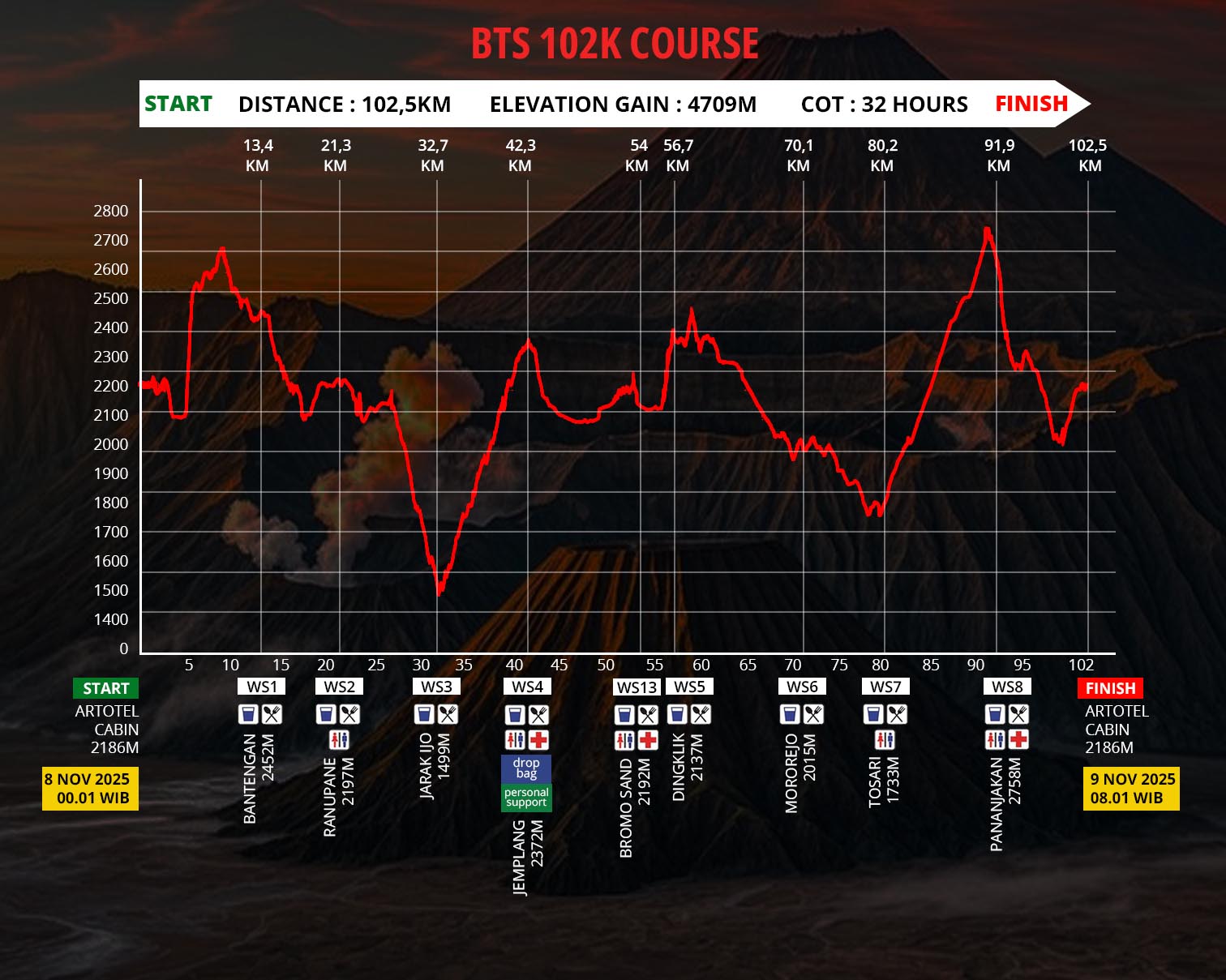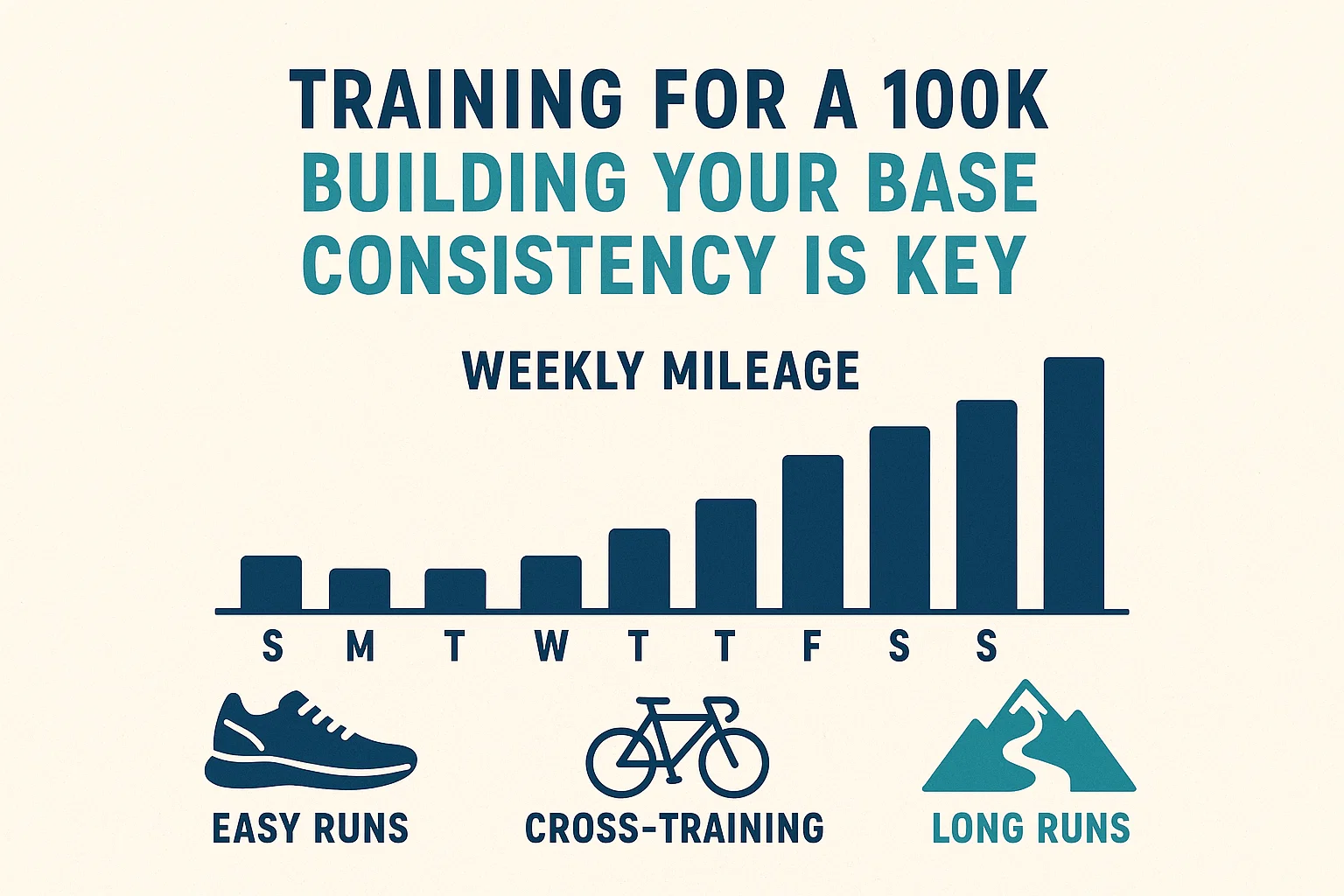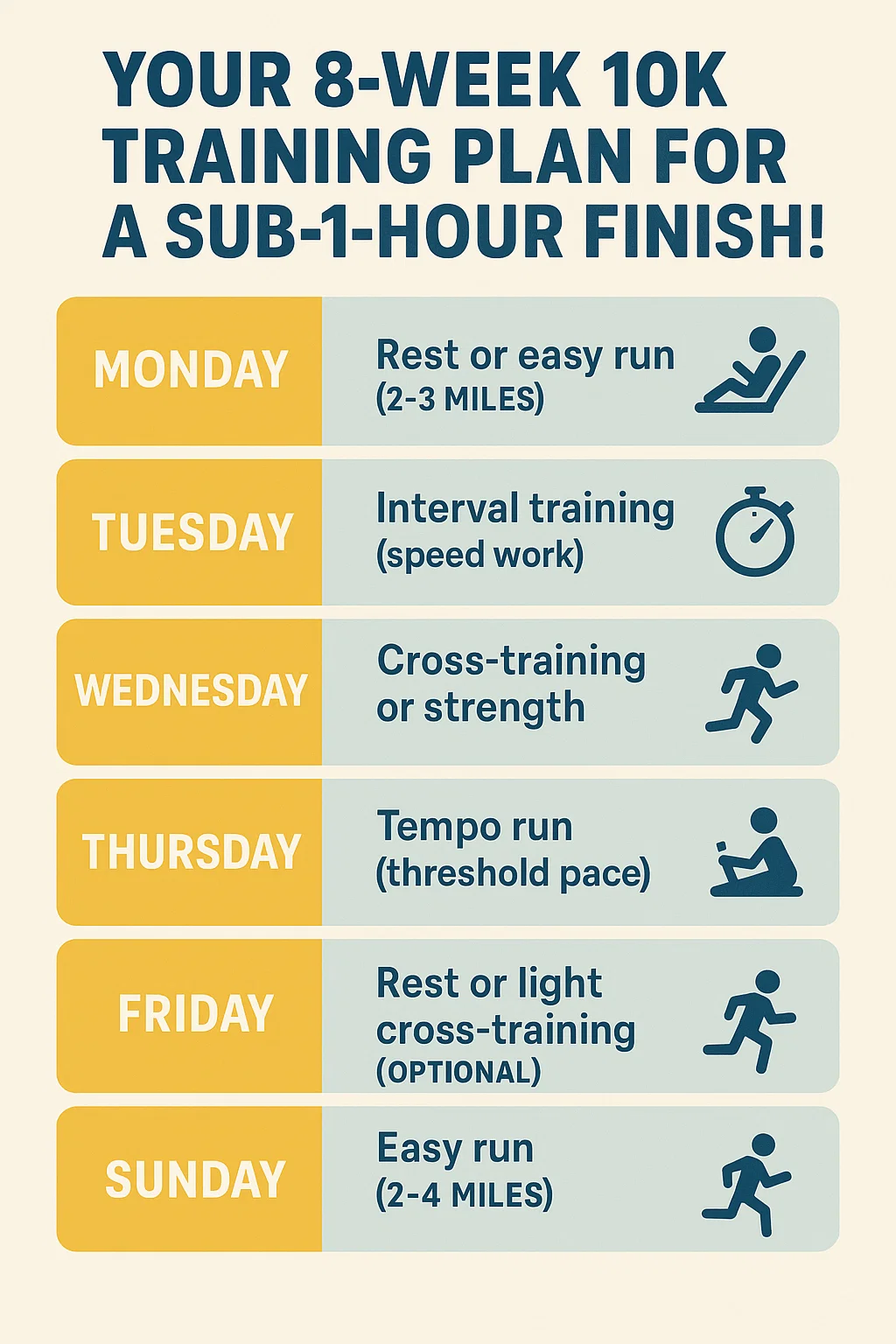Introduction: Chasing the Perfect Running Weather
Every runner dreams of that perfect running weather – the day when the air feels just right and every stride is effortless.
But what is the ideal running temperature?
As a running coach based in Bali, I’ve grappled with this question personally.
I’ve literally felt the extremes: from sweltering tropical mornings that left me drenched by sunrise, to crisp mountain air in my earlier years that made my lungs burn and my spirit soar.
Each experience taught me something profound about how temperature impacts our runs.
Let me take you on a journey through those lessons – from a terrifying heatstroke at the Solo Half Marathon to nostalgic winter training runs – combining personal stories, scientific research, and hard-earned coaching wisdom.
By the end, you’ll not only know the optimal running temperature for peak performance, but also how to thrive in any weather, hot or cold.
What’s the Best Running Temperature?
Most runners and studies agree the perfect running temperature is around 50°F (10°C) for long-distance runs Marathon performances peak in the cool 44–59°F (7–15°C) range allowing your body to dissipate heat efficiently.
Sprinters, however, prefer warmer weather near 70–73°F (21–23°C) to keep their muscles loose and explosive.
Ultimately, the best temperature for running varies with the individual – it’s that sweet spot where you feel comfortable, strong, and fast without overheating.
Finding That Sweet Spot Between Sweat and Shivers
Let’s be honest—every runner dreams about that perfect weather run.
You know the one: where your legs feel light, the air feels clean, and every step just clicks. No dripping heat, no icy sting. Just you and the road, dialed in.
I’ve chased that feeling across some wild weather—steaming-hot Bali mornings that cooked me before sunrise… and bone-chilling winter days back when I trained somewhere a little less tropical.
And let me tell you, temperature matters.
A lot more than you might think.
So here’s what I’ve learned—from real-world screwups, close calls, and a good chunk of science-backed training—about how weather impacts your run.
Quick Hit: Best Running Temp?
According to research—and just about every seasoned runner I’ve coached—the ideal temp for long-distance running hovers around 50°F (10°C).
That’s the sweet spot where your body doesn’t overheat and can focus on moving efficiently.
In fact, elite marathoners tend to crush their times in conditions between 44–59°F (7–15°C). Your muscles stay warm, but not boiling, and your heart doesn’t have to go into overdrive just to cool you off.
Sprinters?
They love it warmer—around 70–73°F (21–23°C)—because warmer muscles mean more explosiveness. But for most of us logging miles on the road or trail, that cooler range is gold.
The Heat Slap: My Solo Half Marathon Wake-Up Call
Let’s talk about heat—and why it’ll chew you up if you don’t respect it.
I’ve had a few run-ins with it.
One time, I headed out in Bali at midday (yeah, genius move, I know). The sun was brutal—over 90°F (32°C)—and by mile three I was wobbly and lightheaded. Heart thumping like a bass drum. I had to bail and walk it in, drenched and wrecked.
But that wasn’t the worst of it.
The real gut punch came at the 2023 Solo Half Marathon.
Race morning was already hot and thick with humidity. I felt it in my bones at the starting line, but like an idiot, I thought my training would bulldoze through it.
By mile 11, the heat won.
Everything went sideways—legs locked up, vision blurred—and I blacked out. Next thing I remember, I was in a hospital bed. I’d collapsed from heatstroke. Didn’t finish. Didn’t even remember the final kilometers.
That moment taught me something brutal: toughness means listening to your body, not ignoring it.
What’s Actually Happening in the Heat?
Here’s what’s going on inside your body when it’s scorching out:
- Your body shifts blood from your muscles to your skin to help you sweat and cool down.
- That means less oxygen and fuel to your legs.
- Your heart rate spikes because it’s working double-duty.
- And your core temp climbs dangerously fast.
Running in the heat feels like you’re driving a car with the handbrake on. You’re trying to move, but everything’s fighting against you.
And yeah, the science backs it up.
A 2021 piece in Marathon Handbook confirmed that heat is the biggest factor that screws with performance and even finish rates. Every degree above that sweet spot can slow you down—and I’ve felt it in my bones.
Flip Side: Why Cold Runs Can Make You Fly
Now let’s talk cold—because when it’s done right, cool weather can feel like rocket fuel.
Some of my best runs happened on cold mornings. Not freezing, but that crisp 45°F (7°C) type of air that stings at first and then lifts you.
I remember one snowy run years ago—quiet, fresh flakes crunching underfoot—and I was gliding. No extra effort. Just flow.
Cool temps help your body regulate heat more easily. Instead of wasting energy trying to stay cool, you can focus on the run itself.
That’s why you’ll see so many PRs and records set in fall races.
Your heart rate stays steady. Breathing feels cleaner. It’s like your body has more room to perform.
Even Reddit runners talk about how they feel like they can “run forever” in the 40s. I get it. I’ve had that run-too-far-on-purpose kind of vibe on a 50°F day more times than I can count.
But Let’s Not Pretend Freezing Temps Are Easy
There’s a point where cold stops helping and starts hurting. Below freezing, things get tricky:
- Muscles take longer to warm up.
- Breathing cold, dry air can make your throat and lungs ache.
- Slippery roads mess with your form.
- And god help you if you forget gloves.
I once ran in January without gloves—rookie mistake—and my hands were so frozen I couldn’t even turn the doorknob afterward. Took 15 minutes with my armpits to thaw out enough to open the house.
That pain? Never again.
Also, don’t forget: you can still dehydrate in cold weather. You’re losing moisture through your breath and sweat—even if you don’t feel it.
What Science (and Experience) Says About the Best Running Temperature
Let’s talk weather — and not just to complain about it.
I’m talking about the sweet spot where your body runs fast, your engine runs cool, and you feel like you could go forever.
Because yes, temperature matters way more than most runners realize.
So… What’s the Magic Number?
Over the years, scientists have pored over marathon race data and lab tests to figure this out.
And guess what? The best running temps are cold — colder than most of us would consider “comfortable” for hanging out.
According to research published in Marathon Handbook, air temperature is one of the biggest factors affecting marathon finish times — and even dropout rates.
For every 1°C (1.8°F) increase above the sweet spot, times slowed down and DNFs (Did Not Finish) went up. That hurts.
The golden range?
Most studies point to 44°F to 59°F (7–15°C) as the prime zone for marathons. A long-term study on the Boston Marathon — a race that draws runners of all speeds and ages — found 46–59°F (8–15°C) to be ideal for both elites and everyday runners.
Personally, I’ve always found around 50°F (10°C) to be that Goldilocks zone — not too cold, not too warm. That’s when the engine purrs and you can hold pace without overheating.
And you’re not alone if you think 45°F feels freezing when you first step out. But trust me, once you’re moving, it’s perfect.
What About the Fastest of the Fast?
Turns out elites like it even colder. A study in PLOS ONE found that male elite marathoners peaked at around 39°F (3.8°C), while elite women ran their best at about 50°F (10°C).
Makes sense — when you’re burning fuel that fast, cooler air keeps you from overheating. I’ve seen this play out firsthand — the pros often shiver at the start line while us mid-packers are layered up like it’s winter camping.
And for the rest of us?
We’re usually best somewhere around the mid-40s°F. That lines up with how I’ve felt on race mornings — my best performances almost always came on chilly mornings when I could see my breath during warm-up.
But Wait — What About Humidity?
Temperature’s only part of the story. Humidity is the silent killer.
You’ve heard of the “real feel” or “heat index”? That’s where heat + humidity gang up on you.
Let’s say it’s 88°F (31°C). In dry conditions, sure, that’s hot — but manageable. Add 70% humidity, and suddenly it feels like over 100°F (38°C). That’s brutal.
Why?
Because sweat doesn’t evaporate well when the air’s already full of moisture, so your body can’t cool down.
Living and training in Bali, I know this struggle. I’ve run 10Ks in 80°F with 90% humidity and felt like I was drowning in my own sweat by kilometer three. It’s not just uncomfortable — it’s performance-crushing.
On the flip side, cold wind or rain can make a seemingly perfect 40°F run feel miserable. Ever been hit with icy gusts on a long run? Yeah, that’ll humble you quick.
What This Means for You
The takeaway? Cool and dry = fast. Hot and humid = sufferfest. It’s that simple — and the science backs it.
That said, we all have our own “perfect” range. Some folks run hot and prefer 40°F, others are fine at 60°F, especially for short runs. Your body size, how much you sweat, and what weather you’re used to all play a role.
But if you’re chasing that next PR? You’re praying for a start line at 50°F, overcast skies, and a dry breeze.
Warm Muscles, Fast Sprints: Why Sprinters Like It Hot
Now let’s flip the script.
All that “cool weather” stuff? That’s for endurance junkies. If you’re a sprinter, it’s a different game.
Sprinting isn’t about pacing — it’s about power. In events like the 100m or 200m, you’re done in seconds. You’re not worried about overheating; you’re focused on explosiveness. And for that, your muscles need to be warm, loose, and ready to fire.
That’s why many sprinters train or compete in warmer weather — or overdress during warm-ups to stay hot. I’ve coached short-distance runners who hated the cold. If the temp dipped below 65°F, they’d say they felt tight and slow.
There’s solid research behind it too: according to Runners Blueprint, sprinters tend to perform best around 72–73°F (22–23°C). That’s warm enough to keep muscles firing but not so hot that you’re melting.
Heck, the women’s 100m world record? Set on a warm summer day in Rome. Not a coincidence.
So while a marathoner might be praying for clouds and cool air, a sprinter is thrilled when the sun’s out.
What About Middle-Distance Runners?
Good question.
Runners doing events like the 800m or mile fall somewhere in between. They need both speed and endurance. Most prefer moderate temps — around 60°F. Not cold enough to seize up, not hot enough to slow them down.
The Real Point: Context Matters
There’s no one-size-fits-all temperature for “perfect running weather.” A sprinter’s ideal is a marathoner’s nightmare. A trail runner training in Bali has different needs than someone prepping for Boston.
But one rule still holds: if you’re going long, cooler is better. If you’re going short and fast? A little heat might be your secret weapon.
Adapting to the Heat (and Cold): What Running in Bali Taught Me About Acclimation
Let’s be real—everyone loves the idea of running in 50°F weather. It’s cool, comfortable, and your body doesn’t feel like it’s melting.
But here’s the catch: most of us don’t live in “ideal” conditions. I live in Bali. It’s hot, humid, and sticky year-round. When I first moved here, even an easy run at sunrise felt like a death march.
I’d be drenched by mile one, gasping for air, and my heart rate was through the roof—at jogging pace. One run in 78°F and 90% humidity felt worse than a 15-miler back in Europe. I actually wondered if my running days were numbered.
But here’s the thing—your body adjusts. Slowly, stubbornly, but it does.
After a couple months of steady running (and plenty of sweating), I started noticing the shift. I wasn’t overheating as fast. I could finish a 5K before sunrise without turning into a puddle.
Six months in, a 10K in the morning heat became “just another run.” I learned how to hydrate better, slow down early, and pick shady loops or routes that passed shops for a cold drink.
That’s heat acclimation in action—your body starts sweating earlier, your blood volume goes up, and everything just runs a little smoother. Studies back this up. Your system actually learns how to manage heat more efficiently. It’s wild.
I even met a local runner who thought 75°F was “cool.” Meanwhile, a guy from Florida once told me he races better in swampy heat—said 50°F felt cold to him.
It blew my mind, but it made sense. You race how you train, and your comfort zone is built by exposure.
Same goes for the cold. I’ve got a Canadian buddy who runs in freezing temps all winter. To him, 32°F is “perfect.” He layers up, protects his skin, and goes out like it’s nothing.
But when snow or ice hit, he admits things slow way down—not because of cold, but because you can’t sprint on ice without eating pavement. Fair.
What I’ve learned is this: while science tells us that ~50°F is objectively better for performance, what really matters is what you’re used to.
Acclimation isn’t about running your fastest in 90°F—because you won’t. It’s about surviving and thriving in less-than-perfect conditions.
I even throw in hot midday jogs here in Bali just to keep that heat tolerance sharp. If I ever sign up for a cool-weather race, I’ll run with the AC cranked or travel to cooler spots just to get used to it again.
Training in tough conditions builds mental strength too. If you only run when it’s “nice out,” race day surprises will wreck you.
Bottom line? You can adapt. Whether it’s heat or cold, it’s not about chasing perfect weather—it’s about learning to run smart in the weather you’ve got.
FAQs: Weather, Performance & Real-World Running
Q: What’s “too hot” to run in?
Once the heat index hits around 90°F (32°C), you’re entering danger zone. Anything above 85°F (29°C), especially with humidity, will slow you down and spike your risk of overheating. At 100°F heat index or more? I usually tell my runners to cut it short, run easy, or hit the treadmill.
If you start feeling dizzy, your heart’s racing, or you stop sweating—that’s a red flag. Walk it in, cool down, and live to run another day.
Q: What temp is “too cold”?
Cold’s not the enemy—it’s frostbite and slipping on ice. Most runners can go down to 0°F (-18°C) with layers and protection.
But when the windchill drops below -20°F (-29°C), you’re risking skin damage fast. If it’s icy or your lungs hurt from the air, it’s time to reconsider. Treadmills exist for a reason, and using one doesn’t make you soft—it means you’re smart.
Q: Is cold better than heat for racing?
Yep. According to multiple studies (like from youraustinmarathon.com and runnersblueprint.com), marathon times drop as temps rise. Most people run best between 40°F and 60°F (4–15°C).
Why?
Your body doesn’t waste energy cooling down, so your pace holds longer. You might be a minute slower per mile at 85°F than at 55°F. Even a 10°F shift can affect performance by a few percent. Cold’s better—until it’s too cold and your legs freeze up.
Q: Do I burn more calories running in the cold?
A little.
Your body does work harder to stay warm, especially if you’re underdressed and shivering. But don’t expect a major fat-loss boost just from cold air.
In fact, running in heat feels harder but doesn’t burn more—it just feels like it does because of water loss. Want to burn calories? Focus on effort, distance, and consistency, not the weather.
Q: What should I wear when it’s ~50°F out?
Ah, the sweet spot. In 50°F (10°C), I usually go with shorts and a long-sleeve or just a tech tee with sleeves I can push up. Maybe gloves for the first few miles, a buff if it’s breezy. You don’t need a jacket unless it’s windy.
Trick is to feel a bit cool at the start—by mile 2, you’ll be golden. I ran a race once at 52°F in shorts and a short-sleeve with gloves. I froze for five minutes, then felt perfect the rest of the way.

